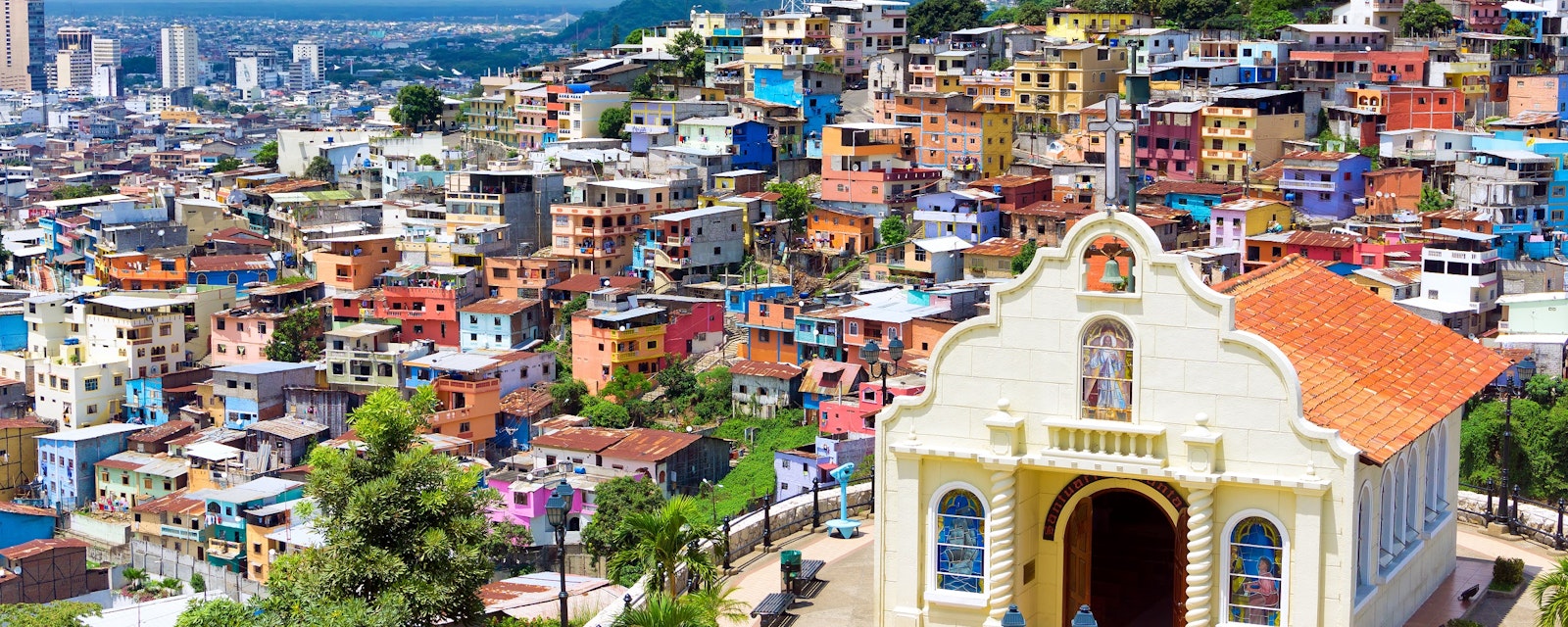Guillermo Lasso’s 11 April election victory in Ecuador could be seen as a win for pro-market parties across the region. Against significant odds, Lasso defeated a well-organized left-wing rival, seemingly bucking an incipient Latin American leftist revival (Mexico in 2018; Argentina in 2019; and Bolivia in 2020), which is widely seen as gathering force amid the region’s twin economic and health crises.
Lasso’s victory coincided with a defeat for Bolivia’s governing Movement to Socialism (MAS) party in four gubernatorial elections also held on 11 April. It is still too early to say whether the region’s voters are prepared to put their trust in macroeconomic orthodoxy as a way out of crisis – and Peru’s first-round election outcome at least belies that notion. Nor should specific local factors (e.g. Ecuador’s indigenous politics) be overlooked. However, there are some regional takeaways.
In Argentina, Lasso’s victory is a blow to the governing Peronist movement and a fillip to the opposition Together for Change (JxC) coalition. President Alberto Fernandez and VP Cristina Fernandez (CFK) openly supported Lasso’s rival Andres Arauz. It is likely that the inspiration for former president Rafael Correa (2007-2017)’s use of a proxy candidate came from CFK, who regained power using the same tactic. Following Arauz’s defeat, and amid tensions between CFK and her surrogate Fernandez, it is clear that presidential puppetry has its drawbacks. Ecuador’s election also acts as a reminder to Argentina’s opposition: when “progressive” forces divide, as they did in Argentina in 2015 and have done in 2021 in Ecuador, it creates a political opening. The October legislative mid-terms will test this theory.
Similar lessons apply in Chile and Colombia. In Chile, the governing Chile Vamos (CV) coalition could retain the presidency later this year despite the political tumult of the last 18 months and President Sebastian Pinera’s very low approval ratings because the left is so fragmented; even if progressives acknowledge this challenge, it is difficult to see the Communist Daniel Jadue and the populist Pamela Jiles agreeing to compete in a broad primary alongside the more established center-left.
In Colombia, a defeat for the Left in Ecuador is bad news for the leftist Gustavo Petro, who is planning another presidential run in 2022. Petro’s main problem is that he has so many enemies in the center-left space who should be natural allies. Even if the lesson from Ecuador is that Petro must compromise with the likes of Sergio Fajardo to win power, it is unclear whether Petro is capable of doing so. That means that Uribismo – even in a weakened state after the Ivan Duque years of political drift – will likely still be in contention in 2022.
In Brazil, lessons from Ecuador are less applicable. If President Jair Bolsonaro survives his term (more likely for now), it is very likely that the 2022 elections will be polarized between him and former president Luiz Inacio Lula da Silva, particularly since there is no obvious centrist candidate strong enough to effectively coalesce centrist forces by 2022 and dethrone one of the extremes – especially Bolsonaro. If Bolsonaro does not survive his term (less likely for now), one of the centrist candidates could have a real chance of beating Lula or any other leftist candidate. There is no trend towards a demise of the Left in Brazil, particularly if Lula becomes a candidate.




